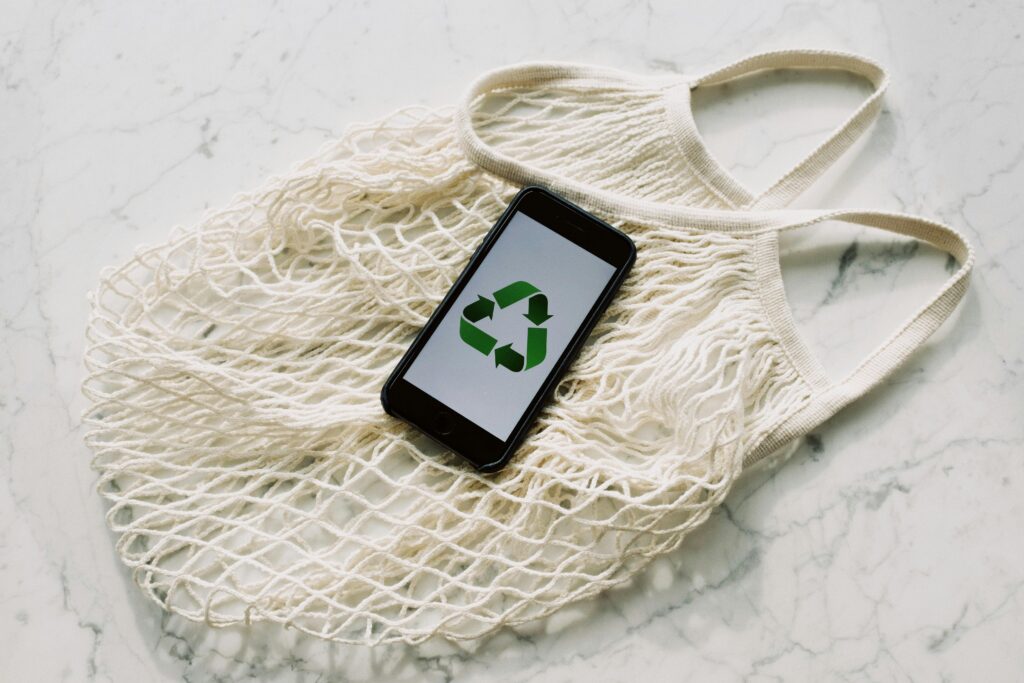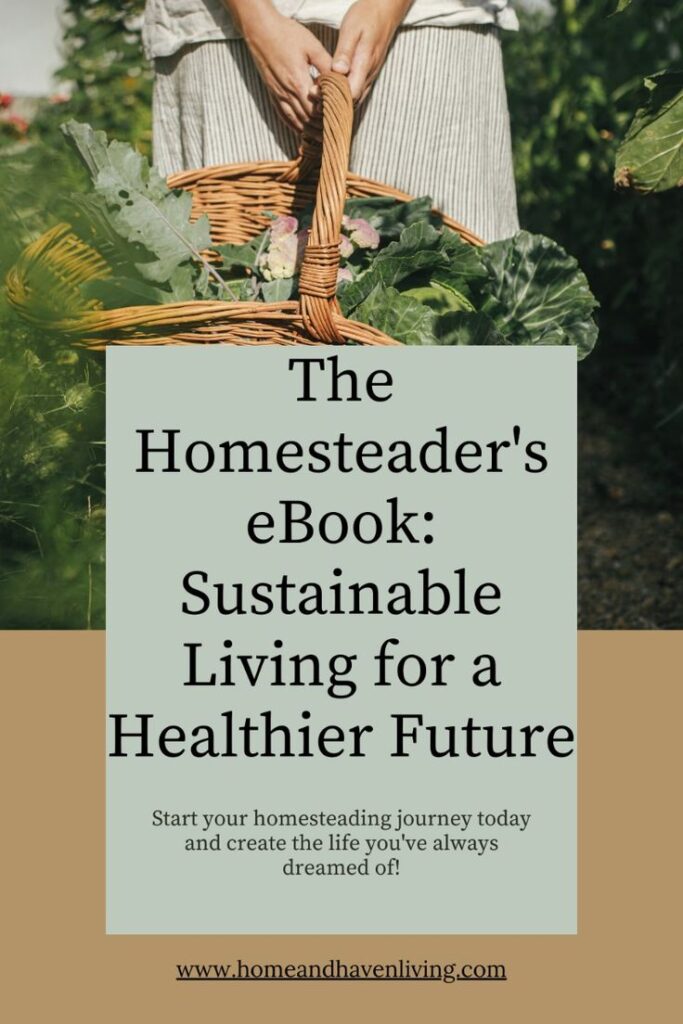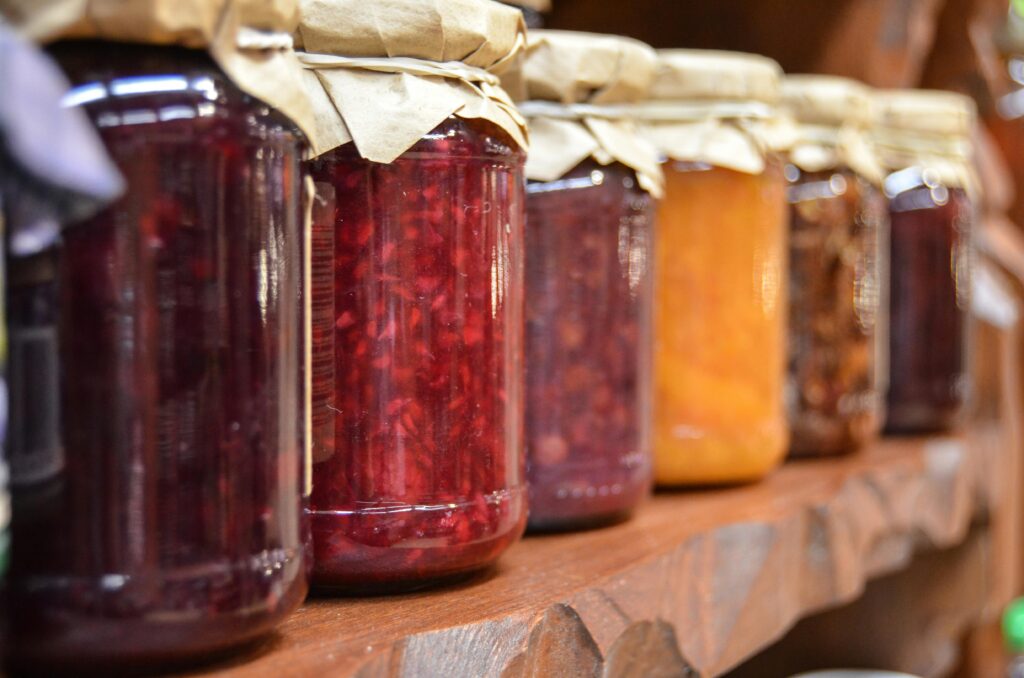10 Easy Ways to Transition to a Zero-Waste Home

In recent years, the zero-waste movement has gained significant momentum, encouraging individuals to reduce their environmental impact and shift toward more sustainable lifestyles. The concept of zero waste is rooted in minimizing the amount of trash that ends up in landfills, oceans, and incinerators by adopting practices that reduce, reuse, and recycle. Transitioning to a zero-waste home can feel overwhelming at first, but with small, intentional changes, anyone can start to reduce their waste.
In this guide, we will explore 10 easy ways to transition to a zero-waste home. These practical tips focus on everyday swaps and habits that will make a significant impact on your household’s waste production.
1. Start With a Waste Audit
Before you begin making changes, it’s essential to understand where your waste is coming from. A waste audit helps identify the areas in your home where waste is most prevalent. You’ll be able to track the types of items you regularly dispose of and discover opportunities to make changes.
How to Do a Waste Audit:
- Collect your trash over a week or two.
- Sort it into categories like food waste, packaging, clothing, paper, and plastics.
- Track the frequency and amount of each category.
- Identify what can be reduced, reused, or replaced.
By completing a waste audit, you’ll get a clearer picture of your consumption habits and can prioritize areas for improvement.
2. Swap Single-Use Plastic for Reusable Items
One of the easiest ways to reduce waste in your home is by swapping single-use plastics for reusable alternatives. Plastics take hundreds of years to decompose, and their production contributes to pollution. By eliminating plastic bags, bottles, and straws, you can significantly reduce your household waste.
| Plastic Item | Zero-Waste Swap |
|---|---|
| Plastic bags | Reusable cloth bags |
| Water bottles | Stainless steel or glass bottles |
| Plastic straws | Metal, bamboo, or glass straws |
| Plastic wrap | Beeswax wraps |
| Single-use cutlery | Stainless steel or bamboo cutlery |
“Reducing plastic waste in the home is a simple but impactful change that can have lasting positive effects on the environment.” — Bea Johnson, Zero-Waste Advocate and Author.
By replacing these common items, you not only prevent waste but also encourage a more sustainable lifestyle.
3. Embrace Composting
Composting is a fantastic way to divert food scraps from landfills and create nutrient-rich soil for your garden. Instead of throwing away food scraps, start a compost bin or pile in your yard. If you live in an apartment, there are smaller composting solutions like indoor composting bins or worm composting (vermicomposting).
What to Compost:
- Fruit and vegetable scraps
- Coffee grounds and filters
- Eggshells
- Yard waste (leaves, grass clippings, etc.)
What NOT to Compost:
- Meat or dairy products
- Oily or greasy food
- Diseased plants
Composting reduces methane emissions from landfills and is a simple, impactful step toward a zero-waste home.
Get your very own compost bin here.
4. Make Your Own Cleaning Products
Store-bought cleaning products are often packaged in plastic bottles and contain harmful chemicals that are not eco-friendly. Instead, consider making your own cleaning products using natural ingredients that are effective and safe for your home.
Basic Ingredients for DIY Cleaners:
- Vinegar
- Baking soda
- Castile soap
- Lemon juice
- Essential oils (for fragrance)
For example, a simple all-purpose cleaner can be made by mixing equal parts vinegar and water in a spray bottle with a few drops of your favorite essential oil. You’ll save money, reduce plastic waste, and avoid chemicals in your home.
DIY Recipe Example:
| Ingredient | Purpose |
|---|---|
| 1 cup vinegar | Disinfects and removes stains |
| 1 cup water | Dilutes the vinegar |
| 10-15 drops essential oil | Adds fragrance (optional) |
5. Opt for Package-Free Shopping
Many stores now offer package-free or bulk shopping options. Buying in bulk allows you to purchase just the amount you need without excess packaging. This is an excellent way to reduce plastic and cardboard waste while supporting sustainable businesses.
Steps for Package-Free Shopping:
- Bring your own reusable bags or containers to the store.
- Purchase dry goods, grains, and cleaning supplies from bulk bins.
- Buy fresh produce without plastic wrapping or bags.
- Choose products from stores that encourage package-free shopping.
This practice also helps to reduce your food waste by buying only the amount you need.
6. Switch to Cloth Instead of Paper
Paper products like paper towels, napkins, and tissues are single-use items that contribute to waste. Transitioning to cloth alternatives is a simple way to eliminate paper waste.
| Paper Item | Zero-Waste Swap |
|---|---|
| Paper towels | Reusable cloth towels or rags |
| Paper napkins | Cloth napkins |
| Paper tissues | Cloth handkerchiefs or tissues |
Cloth alternatives are washable, durable, and can be used repeatedly. By making this swap, you’ll drastically reduce the amount of paper waste your home generates.
7. Buy Secondhand and Upcycle

Before buying new items, consider whether you can find them secondhand. Thrift stores, flea markets, and online resale platforms offer gently used goods that are often just as good as new ones, but without the waste of manufacturing and packaging.
Upcycling Ideas:
- Repurpose old furniture into new pieces (e.g., turning a wooden crate into a bookshelf).
- Use fabric scraps to make reusable shopping bags.
- Convert old glass jars into candle holders or plant pots.
“Buying secondhand or upcycling items gives them a second life and prevents waste from going into landfills.” — Lauren Singer, Sustainability Advocate.
Upcycling and buying secondhand reduces the demand for new products, conserving resources and minimizing waste.
8. Reduce Food Waste
Food waste is one of the largest contributors to landfill waste. By planning meals, storing food properly, and using leftovers creatively, you can minimize your food waste.
Tips for Reducing Food Waste:
- Plan meals and create a shopping list to avoid buying unnecessary items.
- Store food properly (e.g., use airtight containers to extend freshness).
- Repurpose leftovers into new meals (e.g., turning leftover vegetables into soup).
- Donate excess food to local food banks.
According to the Food and Agriculture Organization (FAO), approximately one-third of all food produced is wasted. By reducing food waste, you can help combat hunger and lessen environmental impact.
9. Use Eco-Friendly Personal Care Products
The personal care industry is a significant source of plastic waste. Consider switching to products with minimal packaging or those that come in reusable or compostable containers.
Zero-Waste Personal Care Swaps:
| Item | Zero-Waste Alternative |
|---|---|
| Plastic toothbrush | Bamboo toothbrush |
| Plastic shampoo bottles | Shampoo bars |
| Disposable razors | Safety razors |
| Cotton pads | Reusable cloth pads |
These alternatives are often made from natural, biodegradable materials and can last longer than their conventional counterparts.
10. Educate and Involve Your Family
Transitioning to a zero-waste lifestyle is a team effort. Involve your family and household members in the process by educating them about the benefits of zero waste and encouraging sustainable habits.
Ways to Get the Whole Family Involved:
- Set goals for reducing waste together.
- Share the responsibility of composting, recycling, and shopping sustainably.
- Teach children about waste reduction through fun activities like crafting with recyclables.
“The journey to a zero-waste home is a marathon, not a sprint. It requires conscious effort from every person in your household.” — Anne-Marie Bonneau, Zero-Waste Blogger.
Conclusion
Transitioning to a zero-waste home is a rewarding process that not only reduces waste but also promotes a more sustainable and mindful lifestyle. By making small, intentional changes—like swapping single-use plastics, composting, and buying secondhand—you can significantly reduce your household’s environmental impact. Start with one change at a time, and as these habits become part of your routine, you’ll find it easier to live waste-free. Remember, every little step counts in the journey toward a more sustainable future.
References
- Bea Johnson, Zero Waste Home: The Ultimate Guide to Simplifying Your Life by Reducing Your Waste. 2013.
- Food and Agriculture Organization (FAO), Food Loss and Food Waste. FAO.org. Accessed November 2024.
- Lauren Singer, Trash is for Tossers. trashisfortossers.com. Accessed November 2024.
- Anne-Marie Bonneau, The Zero-Waste Chef. zerowastechef.com. Accessed November 2024.
This guide provides practical, actionable steps for reducing waste in your home, along with inspiration to adopt a sustainable, zero-waste lifestyle.
As an Amazon Affiliate, we earn from qualifying purchases, but at no extra cost to you.



